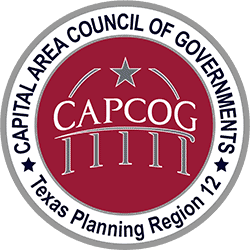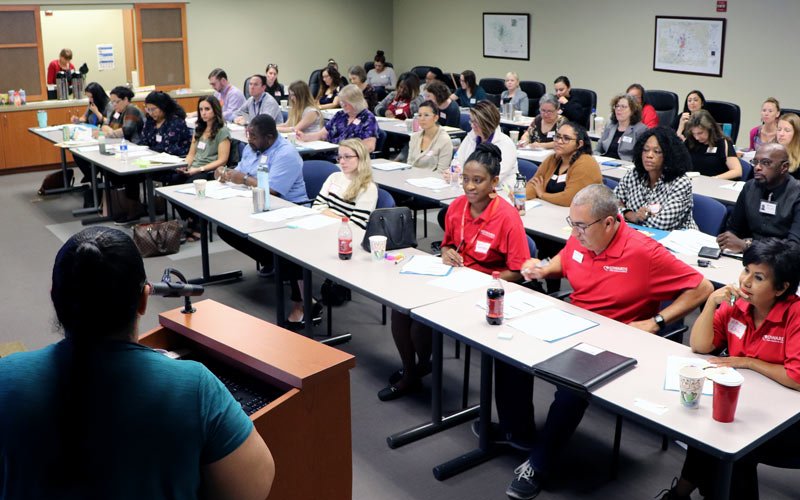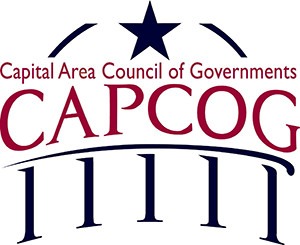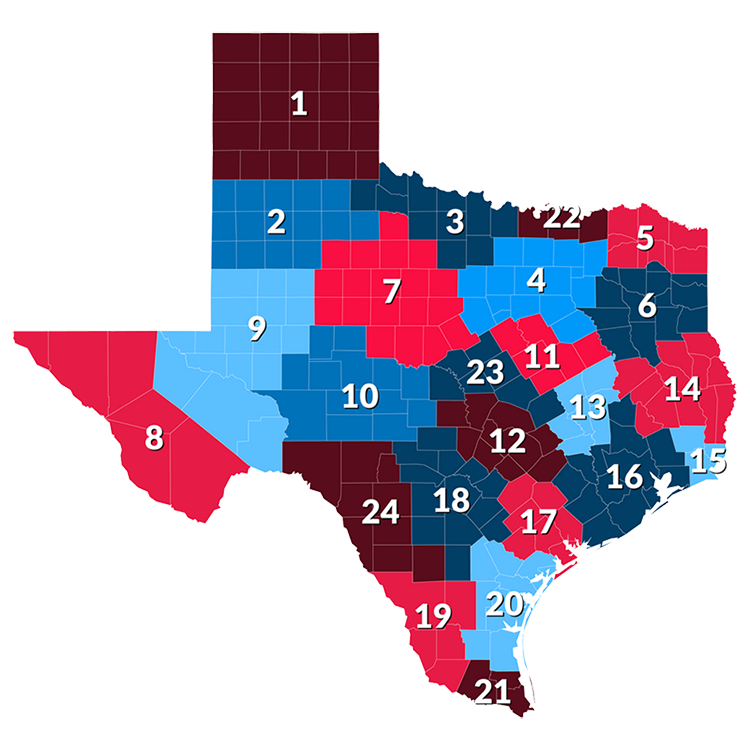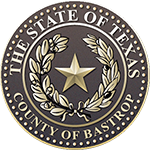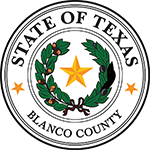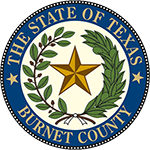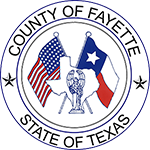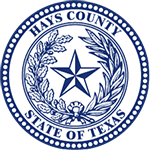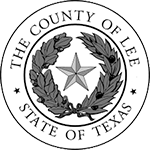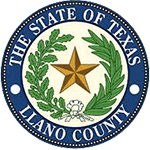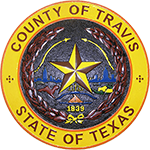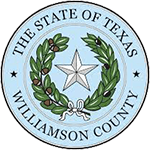About Us
Get to know CAPCOG
Capital Area Council of Governments
From emergency communications to economic development, some things just make sense for collaboration at the regional level, and the Capital Area Council of Governments (CAPCOG) helps make that happen every day.
Formed in 1970, CAPCOG for more than 50 years has served as an advocate, planner and coordinator on important regional issues in the 10-county encompassing Austin-Round Rock-Georgetown Metropolitan Statistical Area.
Square Miles
10-County Region Population (2023 Census)
9-1-1 Calls Answered in 2023
Annual 2023-24 Budget
- CAPCOG Formed in 1970
- 90+ Member Governments and Organizations
- 29 Member Executive Committee
- Serves Bastrop, Blanco, Burnet, Caldwell, Fayette, Hays, Lee, Llano, Travis and Williamson Counties
- Texas Consists of 24 Regional Councils
Our Regional Partners
Community Cooperation
With more than 90 member governments and organizations, including cities, counties, school and appraisal districts, utilities, chambers of commerce and more, CAPCOG has helped the region recognize opportunities for cooperation and eliminate unnecessary duplication in emergency communications, elderly assistance, law enforcement training, criminal justice planning, solid waste reduction, homeland security planning, infrastructure development, transportation planning and economic development.
CAPCOG and its members’ mission is to continue to strengthen the Capital of Texas ten-county region by supporting urban and rural local governments through coordination, collaboration, and sharing of ideas and resources.
The 29-member Executive Committee, CAPCOG’s governing body, comprises city and county elected officials and four nonvoting state legislator seats nominated and selected annually to serve from January through December, providing direction to CAPCOG staff on program implementation, budgets, contracts and general policies and procedures for managing the agency. Members meet the second Wednesday of every month at 10 a.m.
CAPCOG’s General Assembly is composed of the official representatives of all member organizations, including cities and counties as well as school districts, chambers of commerce, nonprofits and any other organization that has an interest in COG programs and regionalism in general. The population of the cities and counties determine how many General Assembly representatives and at-large seats they may fill.
The General Assembly meets at least twice per year and is responsible for approving the CAPCOG annual budget and amendments to the CAPCOG bylaws as well as electing CAPCOG’s Executive Committee. In late summer, the General Assembly elects a Nominating Committee charged with soliciting and recommending representatives to serve on the Executive Committee. The General Assembly then elects the Executive Committee at its December meeting.
CAPCOG advisory committees meet regularly in the interest of providing advice and recommendations to the Executive Committee on CAPCOG’s various programs. Some of the committees are required by state or federal funding agencies. Others have been created by CAPCOG with the interest of providing venues for participation and input.
Committees whose members are appointed by the Executive Committee include the following:
CAPCOG also has committees primarily comprising elected officials from the region. The membership of these committees is established by bylaws and is not appointed by CAPCOG’s Executive Committee:
